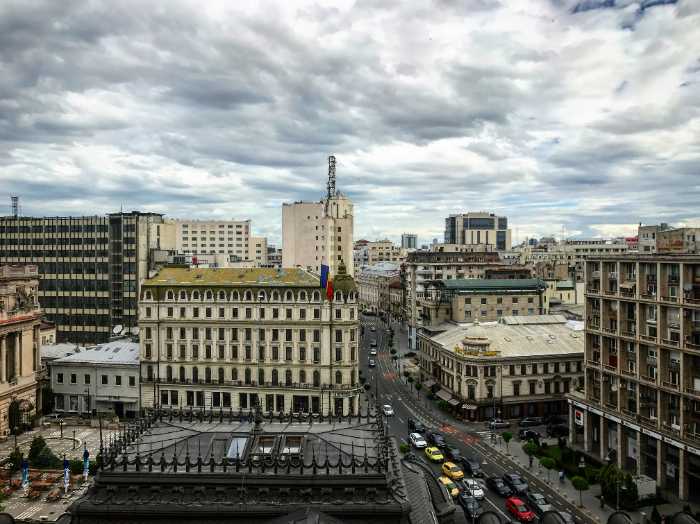
Bucharest
RomaniaBucharest, a city often dubbed "Little Paris" for its Belle Époque architecture and once-vibrant cultural scene, carries a history far more complex and intriguing than a simple nickname suggests. It wasn't always the undisputed heart of Romania; for a time, Târgoviște served as the princely capital of Wallachia, a detail highlighting the shifting centers of power in the region. Yet, Bucharest's strategic location on the plains eventually propelled it to prominence. Consider this: Bucharest holds the distinction of being the first capital city in the world to have its streets illuminated by kerosene lamps in the mid-19th century. This early adoption of modern lighting technology earned it a reputation for sophistication and progress, contributing to its "Little Paris" moniker. Imagine the transformative effect of gaslight on a city previously shrouded in darkness. Intriguingly, beneath the bustling modern city lies a network of tunnels and catacombs, some dating back centuries. These subterranean passages have served various purposes throughout history, from storage to potential escape routes, adding a layer of mystery and hidden history to the urban landscape. Exploring these forgotten depths offers a unique perspective on Bucharest's past. Another fascinating aspect of Bucharest is the Palace of the Parliament, a colossal structure that holds several world records. It is the heaviest administrative building globally and one of the largest in terms of volume, second only to the Pentagon. Built during the communist era under Nicolae Ceaușescu, its sheer scale and opulent interiors stand as a testament to a bygone era's ambition and extravagance, a stark contrast to the lives of ordinary citizens at the time. Beyond its monumental architecture, Bucharest boasts a surprisingly rich artistic heritage. It was home to influential figures like Constantin Brâncuși, a pioneer of modern sculpture, and George Enescu, a renowned composer and violinist. Their legacies are celebrated in various museums and cultural institutions throughout the city, showcasing Bucharest's significant contributions to the world of art and music. Furthermore, the Romanian Athenaeum, an iconic circular building in the heart of the city, is not just a stunning architectural landmark but also a symbol of Romanian culture and intellect. Its frescoed dome depicts scenes from Romanian history, and its concert hall is home to the George Enescu Philharmonic Orchestra, a testament to the city's enduring passion for the arts. Finally, the legend of the city's founding offers a charmingly pastoral image. It is said that a shepherd named Bucur, whose name translates to "joy," settled on the banks of the Dâmbovița River, his melodious flute attracting others and eventually leading to the establishment of a village that grew into the city of Bucharest. This folkloric origin provides a gentle and evocative contrast to the grand historical narratives that have shaped the capital. To explore Bucharest is to encounter a city of compelling contrasts, where echoes of a sophisticated past intertwine with the imposing remnants of a more recent, complex history, all set against a backdrop of surprising cultural richness and enduring spirit.
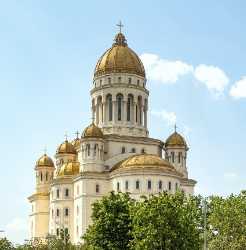 Catedrala Mantuirii Neamului
Cathedral
Catedrala Mantuirii Neamului
Cathedral
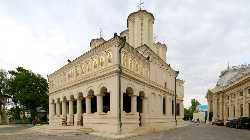 Patriarchal Cathedral
Cathedral
Patriarchal Cathedral
Cathedral
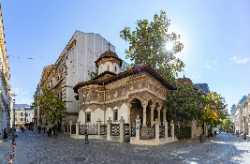 Stavropoleos Church
Church
Stavropoleos Church
Church
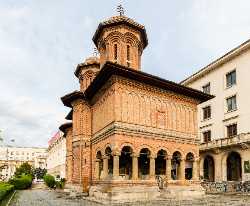 Kretzulescu Church
Church
Kretzulescu Church
Church
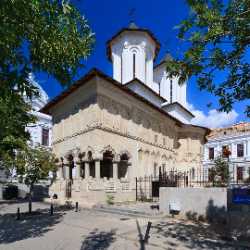 Colțea Church
Church
Colțea Church
Church
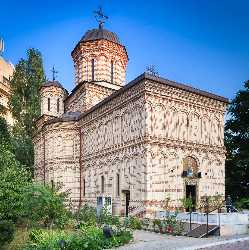 Mihai Vodă Church
Church
Mihai Vodă Church
Church
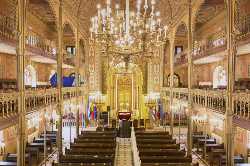 Choral Temple
Church
Choral Temple
Church
 Elite Art Gallery
Gallery
Elite Art Gallery
Gallery
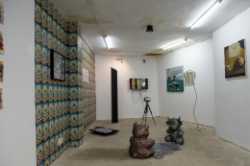 Matca Artspace
Gallery
Matca Artspace
Gallery
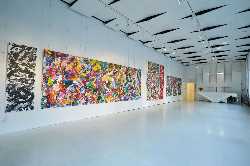 Galeria Galateca
Gallery
Galeria Galateca
Gallery
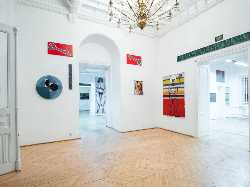 H’Art Gallery
Gallery
H’Art Gallery
Gallery
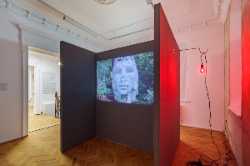 Anca Poterașu Gallery
Gallery
Anca Poterașu Gallery
Gallery
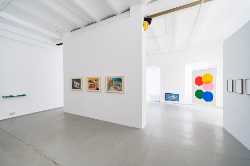 Ivan Gallery
Gallery
Ivan Gallery
Gallery
 Mobius Gallery
Gallery
Mobius Gallery
Gallery
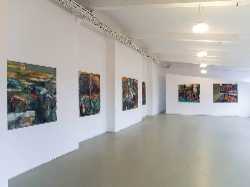 Zorzini Gallery
Gallery
Zorzini Gallery
Gallery
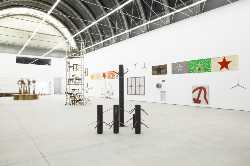 Nicodim Gallery
Gallery
Nicodim Gallery
Gallery
 Laborna Contemporary Art Gallery
Gallery
Laborna Contemporary Art Gallery
Gallery
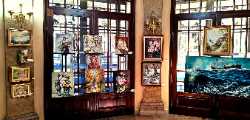 AnnArt Gallery
Gallery
AnnArt Gallery
Gallery
 Suprainfinit Gallery
Gallery
Suprainfinit Gallery
Gallery
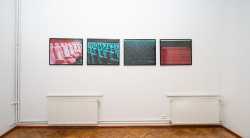 Gaep Gallery
Gallery
Gaep Gallery
Gallery
 Galeria Posibilă
Gallery
Galeria Posibilă
Gallery
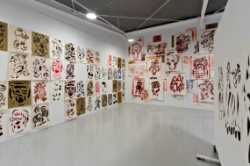 Borderline Art Space
Gallery
Borderline Art Space
Gallery
 Centrul Artelor Vizuale
Gallery
Centrul Artelor Vizuale
Gallery
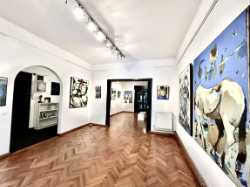 Art Yourself Gallery
Gallery
Art Yourself Gallery
Gallery
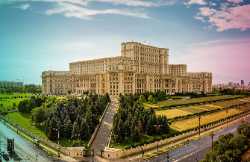 Palace of Parliament
Government office
Palace of Parliament
Government office
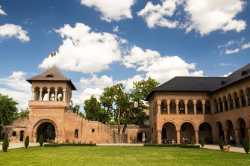 Mogosoaia Palace
Historical landmark
Mogosoaia Palace
Historical landmark
 Palatul Parlamentului
Landmark
Palatul Parlamentului
Landmark
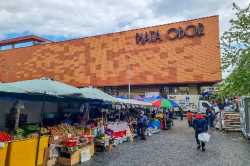 Piața Obor
Market
Piața Obor
Market
 Antim Monastery
Monastery
Antim Monastery
Monastery
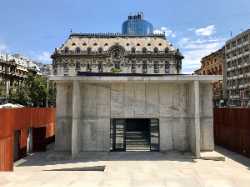 Holocaust-Mahnmal
Monument
Holocaust-Mahnmal
Monument
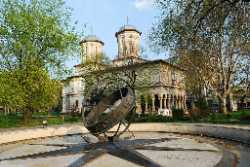 Kilometre Zero
Monument
Kilometre Zero
Monument
 Suțu Palace
Monument
Suțu Palace
Monument
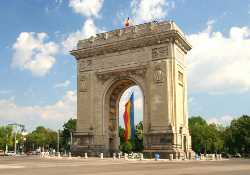 Arcul de Triumf
Monument
Arcul de Triumf
Monument
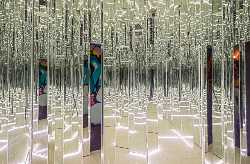 Bucharest Museum of Senses
Museum
Bucharest Museum of Senses
Museum
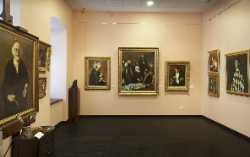 Museum of Art Collections
Museum
Museum of Art Collections
Museum
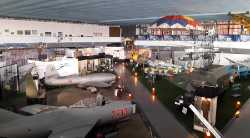 National Museum of Romanian Aviation
Museum
National Museum of Romanian Aviation
Museum
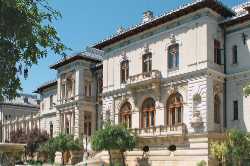 Muzeul Naţional Cotroceni
Museum
Muzeul Naţional Cotroceni
Museum
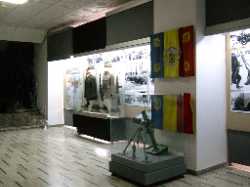 National Military Museum
Museum
National Military Museum
Museum
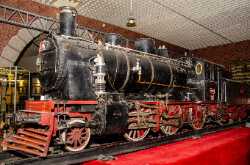 The Museum of Romanian Railroad History
Museum
The Museum of Romanian Railroad History
Museum
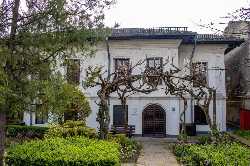 Theodor Pallady Museum
Museum
Theodor Pallady Museum
Museum
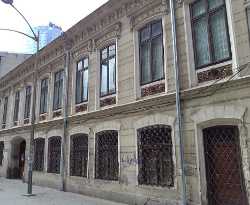 Gheorghe Tattarescu Museum
Museum
Gheorghe Tattarescu Museum
Museum
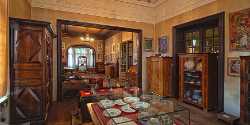 Ligia & Pompiliu Macovei Museum
Museum
Ligia & Pompiliu Macovei Museum
Museum
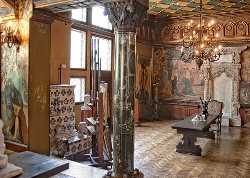 Frederic & Cecilia Cuţescu‑Storck Art Museum
Museum
Frederic & Cecilia Cuţescu‑Storck Art Museum
Museum
 Nicolae Minovici Folk Art Museum
Museum
Nicolae Minovici Folk Art Museum
Museum
 Tudor Arghezi House
Museum
Tudor Arghezi House
Museum
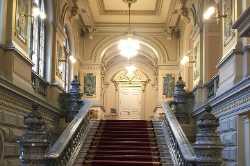 Cotroceni Palace
Museum
Cotroceni Palace
Museum
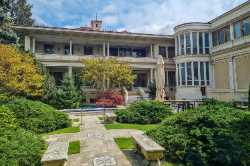 Ceauşescu Mansion
Museum
Ceauşescu Mansion
Museum
 Great Synagogue
Museum
Great Synagogue
Museum
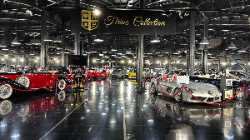 Tiriac Car Collection Museum
Museum
Tiriac Car Collection Museum
Museum
 Ferestroika
Museum
Ferestroika
Museum
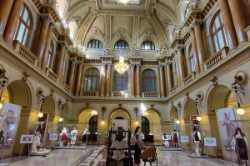 National Bank of Romania Museum
Museum
National Bank of Romania Museum
Museum
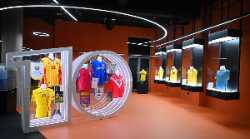 Museum of Football
Museum
Museum of Football
Museum
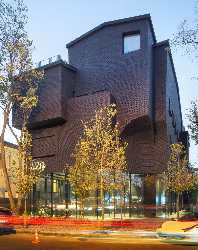 Museum of Recent Arts
Museum
Museum of Recent Arts
Museum
 National Museum of Geology in Bucharest
Museum
National Museum of Geology in Bucharest
Museum
 MINA Museum of Immersive New Art
Museum
MINA Museum of Immersive New Art
Museum
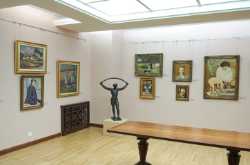 Zambaccian Art Museum
Museum
Zambaccian Art Museum
Museum
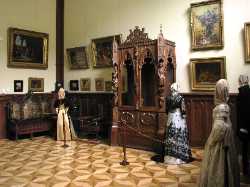 Theodor Aman Museum
Museum
Theodor Aman Museum
Museum
 The Little Paris Museum in Bucharest
Museum
The Little Paris Museum in Bucharest
Museum
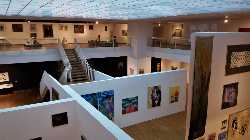 National Museum of Contemporary Art
Museum
National Museum of Contemporary Art
Museum
 George Enescu National Museum
Museum
George Enescu National Museum
Museum
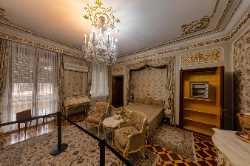 Primaverii Palace
Museum
Primaverii Palace
Museum
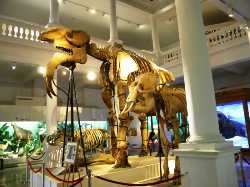 Grigore Antipa National Museum of Natural History
Museum
Grigore Antipa National Museum of Natural History
Museum
 National History Museum of Romania
Museum
National History Museum of Romania
Museum
 National Museum of Art of Romania
Museum
National Museum of Art of Romania
Museum
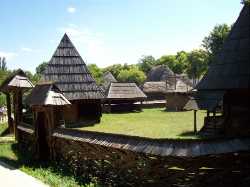 Dimitrie Gusti National Village Museum
Museum
Dimitrie Gusti National Village Museum
Museum
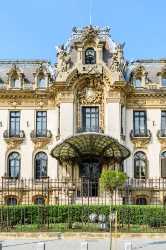 Cantacuzino Palace
Museum
Cantacuzino Palace
Museum
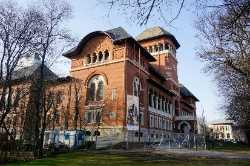 National Museum of the Romanian Peasant
Museum
National Museum of the Romanian Peasant
Museum
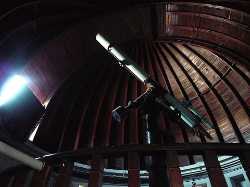 Bucharest Observatory
Observatory
Bucharest Observatory
Observatory
 Ghica Tei Palace
Palace
Ghica Tei Palace
Palace
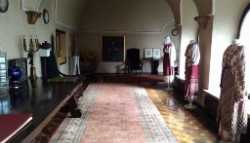 Elisabeta Palace
Palace
Elisabeta Palace
Palace
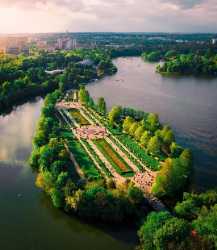 King Michael I Park
Park
King Michael I Park
Park
 Cișmigiu Gardens
Park
Cișmigiu Gardens
Park
 Botanical Garden of Bucharest
Park
Botanical Garden of Bucharest
Park
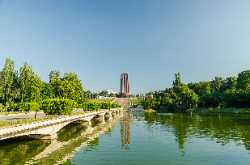 Carol Park
Park
Carol Park
Park
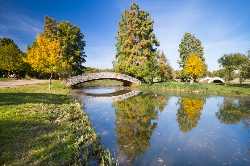 Tineretului Park
Park
Tineretului Park
Park
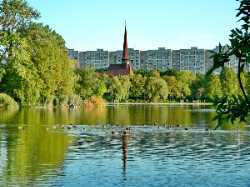 Alexandru Ioan Cuza Park
Park
Alexandru Ioan Cuza Park
Park
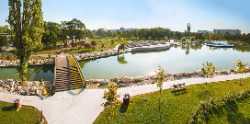 Drumul Taberei Park
Park
Drumul Taberei Park
Park
 Piața Revoluției
Square
Piața Revoluției
Square
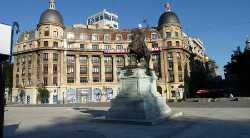 Piața Universității
Square
Piața Universității
Square
 Calea Victoriei
Street
Calea Victoriei
Street
 Pasajul Macca-Vilacrosse
Tourist attractions
Pasajul Macca-Vilacrosse
Tourist attractions
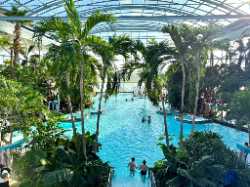 Therme București
Tourist attractions
Therme București
Tourist attractions
 SKY Tower
Tower
SKY Tower
Tower
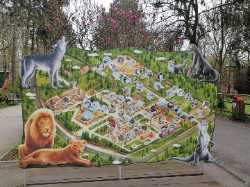 Bucharest Zoo
Zoo
Bucharest Zoo
Zoo